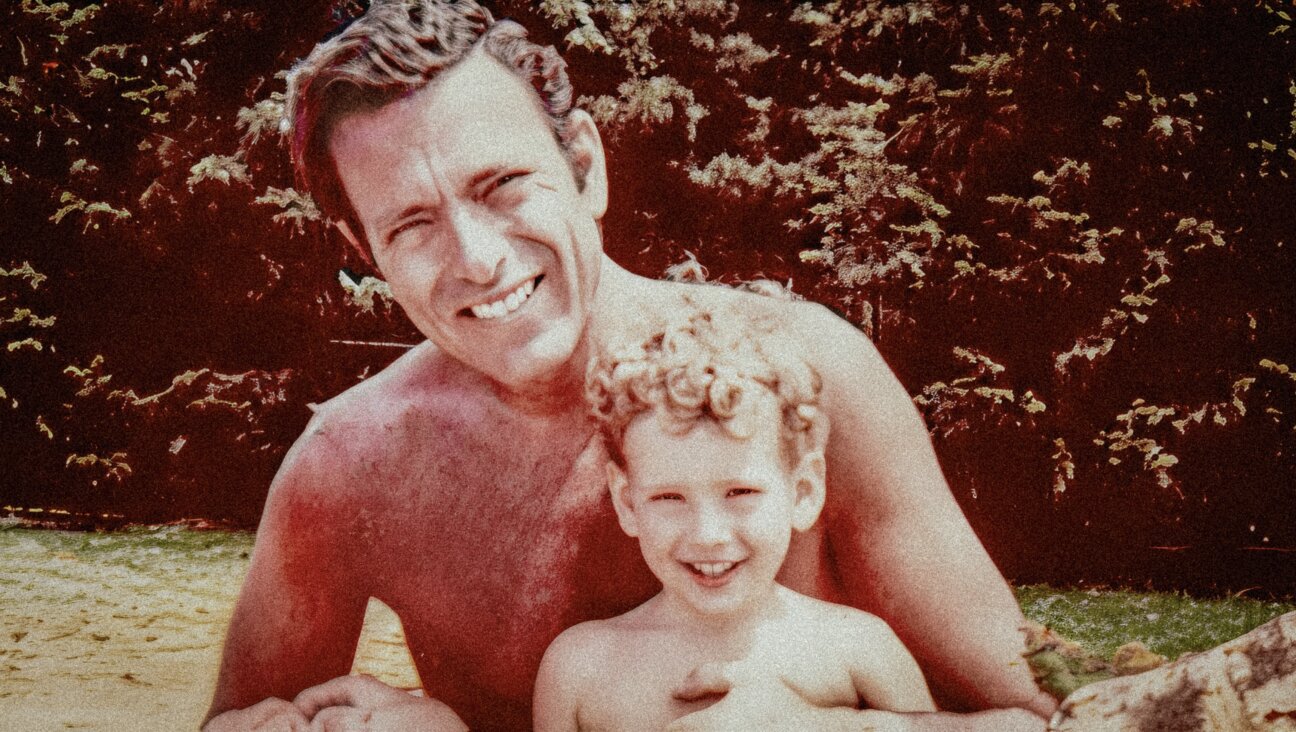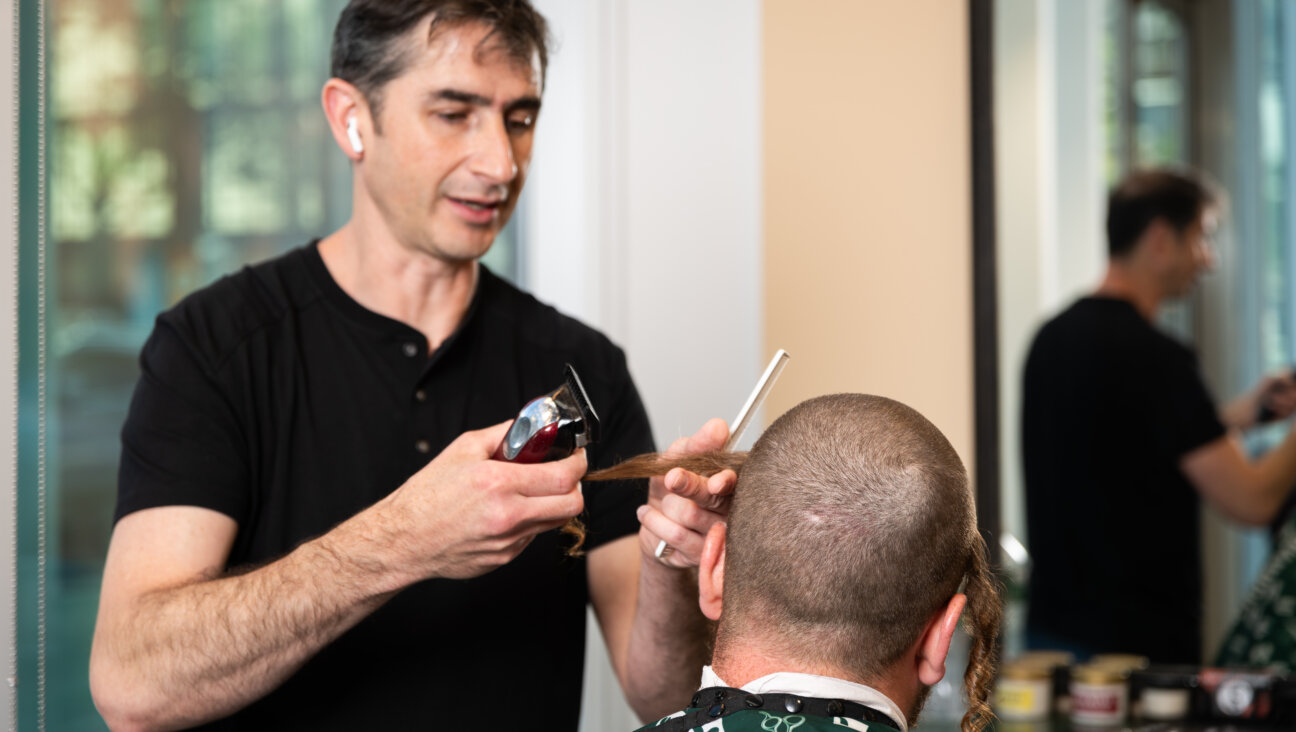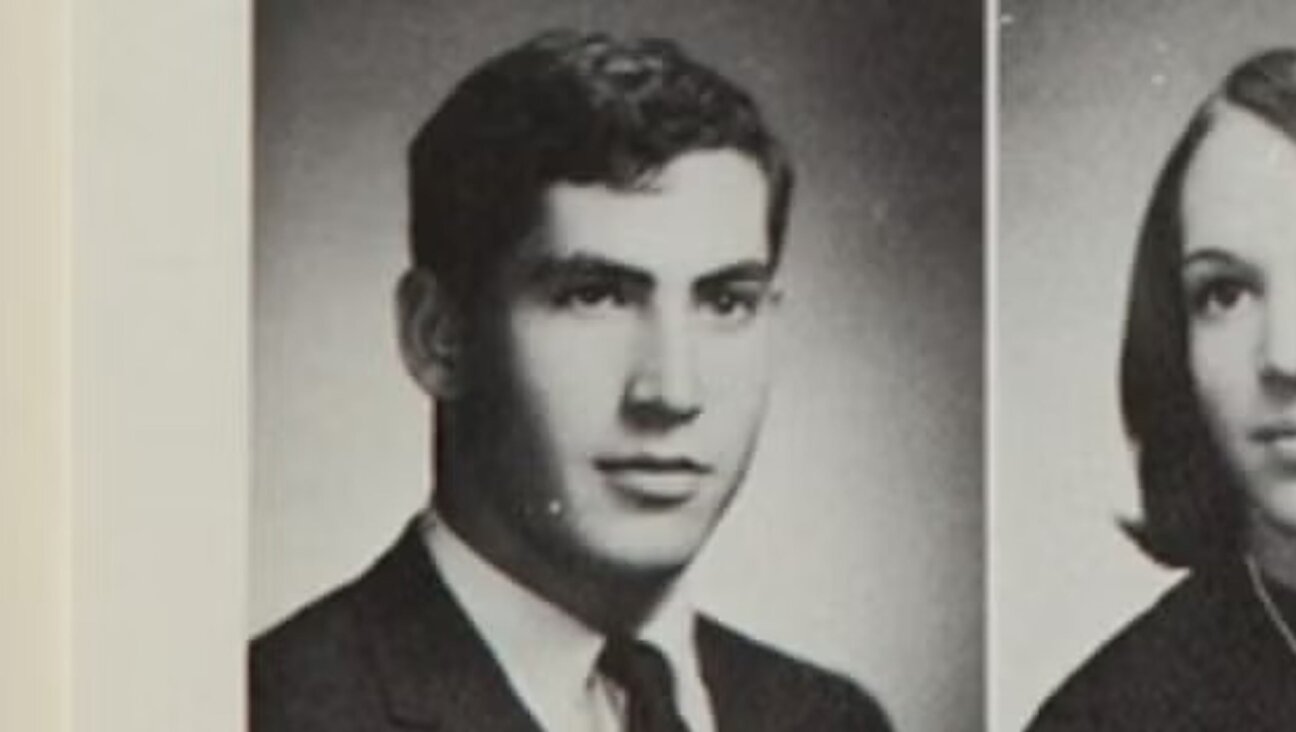Does New Scientific Discovery Undermine The Story Of The Garden Of Eden?

Adam & Eve: The Fall of Man Image by Getty Images
As has been reported by numerous new sources including The New York Times in the last couple of days, the idea that modern humans evolved in East Africa 200,000 years ago has been challenged by the discovery of 300,000-year-old remains in Jebel Irhoud, a Moroccan mine 100km west of Marrakesh.
The extreme age of the bones makes them the oldest known specimens of modern humans and poses a major challenge to the idea that the earliest members of our species evolved in something resembling a single Garden of Eden.
“We did not evolve from a single ‘cradle of mankind’ somewhere in East Africa,” said Philipp Gunz, a paleoanthropologist at the Max Planck Institute for Evolutionary Anthropology in Leipzig. “We evolved on the African continent.”
The key to the find was the discovery of flint blades in the same sedimentary layer as the skulls were found. Many of the flint blades showed signs of having been burned, probably to light fires to cook food, heating discarded blades buried in the ground below. This made it possible to use the flints to date the remains of Jeber Irhoud’s inhabitants.
Dr. Hublin and his colleagues used a method called thermoluminescence to calculate the age of the burnt blades. They estimated that the blades were roughly 300,000 years old, and concluded that the skulls, discovered in the same rock layer, must be the same age.
“The face of the specimen we found is the face of someone you could meet on the tube in London,” said Jean-Jacques Hublin, a senior scientist on the team in Leipzig. The inhabitants of Jebel Irhoud may, in fact, have looked somewhat unusual, having heavy brows, small chins and being broad and flat- but not so much that they couldn’t pass for an everyday co-traveler on the subway. Their brains, however, contain a difference from ours of unknown meaning- they were long and low as opposed to round. Scientists are not yet aware of the significance of that variation in shape.
Today, the closest living relatives to Homo sapiens are chimpanzees and bonobos, with whom we share a common ancestor that lived over six million years ago. After the split from this ancestor, our ancestors evolved into many different species, known as hominins, which, strained through a filter of post-modern Kabballah, makes them sound a bit like different words uttered by God (“homonyms”).
As Jessica Thompson, an anthropologist at Emory University, told the Guardian, “It really does look like in Africa especially, but also globally, our evolution was characterized by numerous different [human] species all living at the same time and possibly even in the same places.”
With this find science may be moving farther away from the narrative of homo sapiens having evolved from one woman, one couple, or a small band in one place — all ideas floated in recent years and more closely resembling, to a greater or lesser degree, the Biblical account. The more science moves toward a picture of multiple homo sapien bands evolving throughout Africa, the more the firmly the Edenic narrative of the Torah will be consigned to the realm of myth- edifying and visionary as it may be. That may, of course, have little effect on the builders of Noah and the Flood theme parks.




















